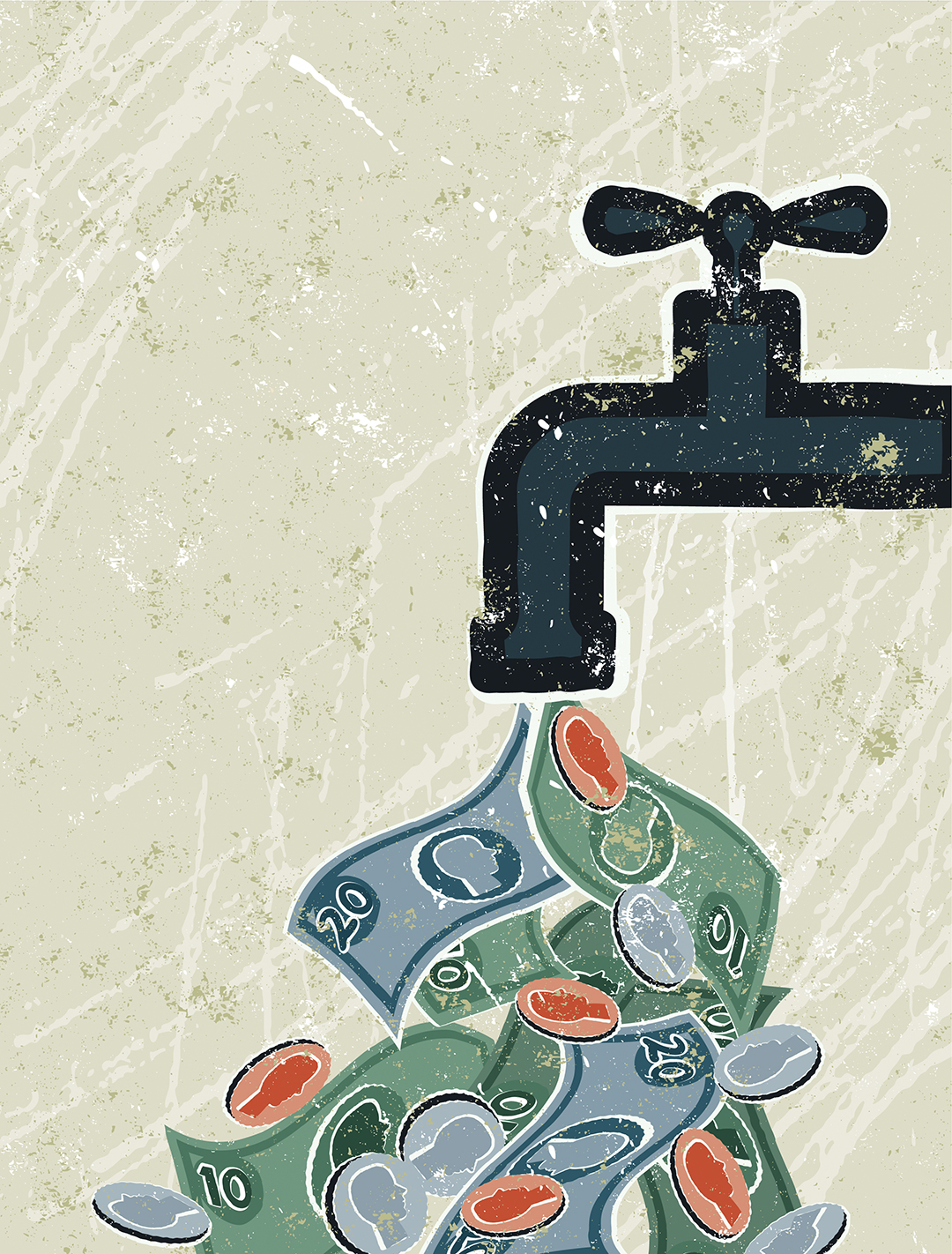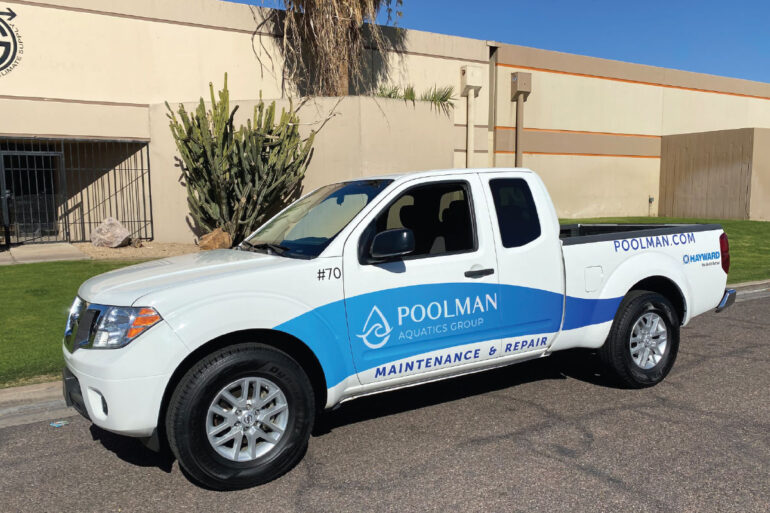Not Business as Usual
If you are a contractor, your world turned upside down in 2008 and 2009. The housing bubble burst; new construction dried up; unemployment went to 10 percent; and consumers stopped spending money. Unless you sold your business for millions before this happened, your company was affected.
Most everyone has heard the definition of insanity: doing the same thing over and over again while expecting different results. Real change requires a conscious effort. Contractors who have continued business as usual since the recession are probably not reading this article — because they are out of business. In 2008 and 2009, major internal changes were required for a company to survive.
Here are several areas of your business that should have changed in response to the recession’s challenges.
Pricing: Wise contractors reduced their workforce and cut overhead in an effort to remain profitable. Making the hard decision to cut employees and to reduce overhead costs are necessary moves, however, what changes took place in your pricing? Many company owners simply reduced pricing in the hope of selling more jobs. Wrong move! Sit down and determine exactly what you must charge per hour, in each department, to cover your changed costs of doing business and still generate a reasonable profit.
Question: Have you recalculated your hourly rate in each department within the past year?
Flat-Rate Pricing: Let’s assume you did recalculate your hourly rate for the service department. The resulting math said you needed to charge $123/hour to cover costs to earn a reasonable profit. Did you move to a flat-rate pricing system so you could charge the needed $123/hour? If not, you were probably fearful of the system and convinced it simply would not work where you live. Instead, perhaps you raised your rate to $95/hour on time and material, and hoped everything would work out fine.
Question: When the pressure was on, did you switch to flat-rate pricing or were you fearful to make the change?
Departmentalizing the Company: Fewer than 5
percent of contractors in all trades across the country break their
companies down by department through the P&L statement. The result of not departmentalizing is obvious: One department begins to subsidize another, and no one knows it until it’s too late. Begin breaking your company down by department. Making an overall profit is not your ultimate goal. The ultimate goal is to be 100 percent sure you are making money in every department.
Question: Do you know you are making money in every department? If not, create month-by-month, department-by-department cash-flow budgets that track the real data each month.
Maintenance Agreements: Maintenance agreements lock customers into your company and form the foundation for profitable growth in the 21st century. Maintenance-agreement customers nearly always have your company do their additional repairs. When it’s time to replace their equipment, they will nearly always choose you. Additionally, there are typically 90 slow days a year. Those slow days must be filled with profitable maintenance-agreement work.
Question: How many maintenance agreements do you have, and what is your plan to increase that number?
Customer Service Training: If you were not already providing outstanding customer service before the recession, you should be aware of it by now. Grandy & Associates works with a number of companies whose service rates are well over $300/hour on flat-rate pricing. These companies are not gouging the customer: It costs them over $300 per hour to cover costs and make a reasonable profit. Each of those companies continually invests large amounts of time and money into customer-service training. A great tech with poor customer-service skills seldom impresses the customer. A tech of average skill, however, with great customer-service chops will always impress the customers. An outstanding customer-service program that routinely exceeds customers’ expectations results in the customer calling again and again, while also creating referrals.
Question: How much have you invested in customer-service training over the past two years? How much are you going to invest in the future?
It takes a lot more than these five things to run a profitable business. However, if you can get these five under control, you will be profitable now — and you will have laid the foundation for profitable growth in the future.






